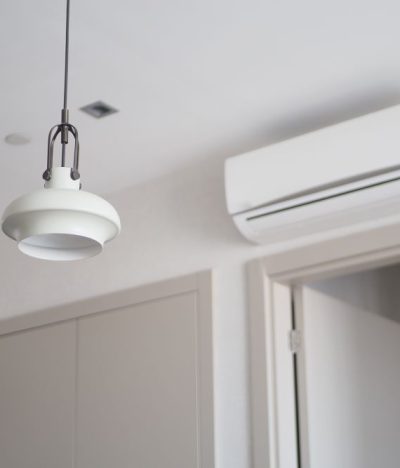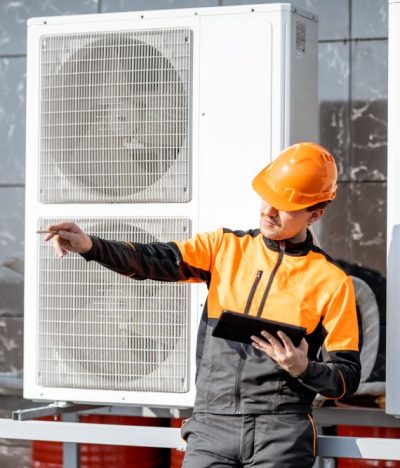Energy efficiency has shifted from being a corporate ideal to a business necessity. As organizations grapple with rising operational costs and the pressing need to reduce carbon footprints, businesses are increasingly looking for ways to optimize their energy consumption. One of the most influential and practical solutions is LED (Light Emitting Diode) lighting. This technology has revolutionized the lighting industry, offering a substantial reduction in energy usage, cost savings, and a positive environmental impact. For companies aiming to stay competitive, reduce operating costs, and meet sustainability goals, LED lighting is proving to be a game-changer.
In this article, we will explore why LED lighting is becoming an essential investment for businesses, the financial and environmental benefits, and how it is shaping the future of energy efficiency.
What Makes LED Lighting Unique?
LED lighting is far from just another step forward in technology—it’s a leap. Unlike traditional lighting systems such as incandescent or fluorescent bulbs, which rely on filament or gas to create light, LEDs use a semiconductor to produce light when current flows through it. This is what makes LED technology so efficient.
Energy Efficiency
The biggest advantage of LEDs is their energy efficiency. Traditional incandescent bulbs convert less than 10% of the electricity they consume into light, with the rest wasted as heat. In contrast, LEDs convert about 90% of the energy into light and only 10% into heat, drastically reducing energy consumption. This means businesses that switch to LED lighting can see an energy consumption reduction of up to 75%, depending on their current system.
Long Lifespan
One of the most significant benefits of LEDs is their longevity. Traditional bulbs need frequent replacements, leading to high maintenance costs and disruption. LEDs, however, have an incredibly long lifespan. A typical LED bulb can last between 30,000 to 50,000 hours, compared to just 1,000 hours for an incandescent bulb and 8,000 to 10,000 hours for a fluorescent bulb. This longer lifespan translates into fewer replacements and lower maintenance costs.
Cooler Operation
LEDs produce significantly less heat compared to traditional lighting. This is particularly important in environments like warehouses and factories, where excessive heat can lead to increased cooling costs. LEDs operate at much lower temperatures, helping to keep spaces cooler and reduce the need for air conditioning.
Versatility and Customization
LED lighting is highly versatile and can be customized to suit any setting. Whether it’s dimming capabilities for office environments, color-changing options for retail spaces, or high-powered LEDs for large industrial warehouses, LEDs can be tailored to fit the specific lighting needs of any business. Their adaptability also makes them suitable for both indoor and outdoor applications.
Financial Benefits of LED Lighting
While the initial investment for switching to LED lighting may seem higher compared to traditional lighting systems, the long-term financial benefits far outweigh this upfront cost.
Reduced Energy Bills
The most immediate and obvious benefit of switching to LED lighting is the significant reduction in energy bills. According to studies, businesses can reduce their lighting energy consumption by up to 75% when switching from traditional lighting sources like incandescent or fluorescent lights to LEDs. This means that companies can save a substantial amount on their monthly energy bills.
Lower Maintenance and Replacement Costs
Due to their long lifespan, LED lights need fewer replacements and less maintenance. This reduction in maintenance requirements helps businesses save on labor and replacement costs, further contributing to overall cost savings. Additionally, with fewer light failures, businesses are also less likely to experience disruptions in operations due to malfunctioning lights.
Government Rebates and Incentives
In many countries, including Australia, governments offer rebates and incentives to encourage businesses to switch to energy-efficient solutions like LED lighting. The Victorian government’s VIC SAVER program, for example, provides subsidies to businesses that upgrade to energy-efficient LED systems. These rebates can help reduce the upfront costs of installing LED lighting, making the transition more affordable for businesses.
Long-Term Savings
Though the initial costs of LED lighting systems may be higher than traditional lighting, the energy savings, lower maintenance costs, and longer lifespan make them a highly cost-effective option in the long run. With proper installation, businesses can expect to see a return on their investment in as little as two to three years.
Environmental Impact
In today’s world, environmental sustainability is more important than ever. Businesses are under increasing pressure to reduce their carbon footprint and contribute to climate change mitigation. Switching to LED lighting is one of the simplest and most effective ways to achieve these goals.
Lower Energy Consumption
Because LEDs consume much less power than traditional lighting, they help reduce overall energy consumption. This reduction in energy demand means less reliance on non-renewable energy sources, such as coal and natural gas, which are major contributors to greenhouse gas emissions.
Reduced Carbon Footprint
LED lighting systems contribute to a lower carbon footprint. By reducing energy usage and emissions, LED lighting supports efforts to combat climate change. Studies show that if every business in Australia were to switch to LED lighting, it could save millions of tons of CO2 emissions annually.
No Toxic Materials
Traditional lighting options, such as fluorescent bulbs, contain harmful chemicals like mercury. These substances pose a risk to both human health and the environment, especially during disposal. LEDs, on the other hand, contain no toxic materials and are 100% recyclable, making them a safer option for the environment.
Applications of LED Lighting
LED lighting is a highly versatile technology, and its applications span across many industries and sectors. Some of the most common uses of LED lighting in businesses include:
Offices and Retail Spaces
In offices and retail environments, lighting can have a significant impact on productivity, ambiance, and customer experience. LED panel lights provide bright, uniform illumination without the flicker or harshness associated with older lighting technologies. Their ability to offer customizable lighting solutions, including dimming options, helps businesses create the perfect lighting atmosphere for their operations.
Industrial Warehouses
For businesses with large industrial spaces, such as warehouses or factories, high-bay LED lights offer a solution that ensures bright, efficient lighting. These lights are designed to illuminate large areas while consuming minimal energy. The long lifespan of high-bay LEDs also makes them ideal for regions with difficult-to-reach ceilings.
Outdoor and Security Lighting
LED floodlights are widely used for outdoor applications, such as street lighting, parking lots, and security lighting. These lights provide bright illumination that enhances safety and security while minimizing energy consumption. LEDs are also well-suited for use in outdoor signage and architectural lighting.
Retail and Display Lighting
LED track lighting is commonly used in retail stores and museums to highlight products, artwork, or displays. Their adjustable nature makes them perfect for showcasing items in retail environments, helping businesses attract customers and boost sales.
Conclusion
The future of energy efficiency is here, and Commercial LED lighting is at the forefront of this revolution. By switching to LED technology, businesses can save money, reduce energy consumption, and contribute to a cleaner, greener environment. With the long lifespan, cost savings, and environmental benefits, it’s clear that LEDs are the future of lighting.
Greener Hub is committed to providing businesses with high-quality LED lighting solutions, expert installation, and assistance with government rebates. Whether you are looking to upgrade your office, retail space, or industrial facility, we offer tailored solutions to meet your specific needs. Make the switch to LED lighting today and start saving on your energy bills while reducing your carbon footprint.





